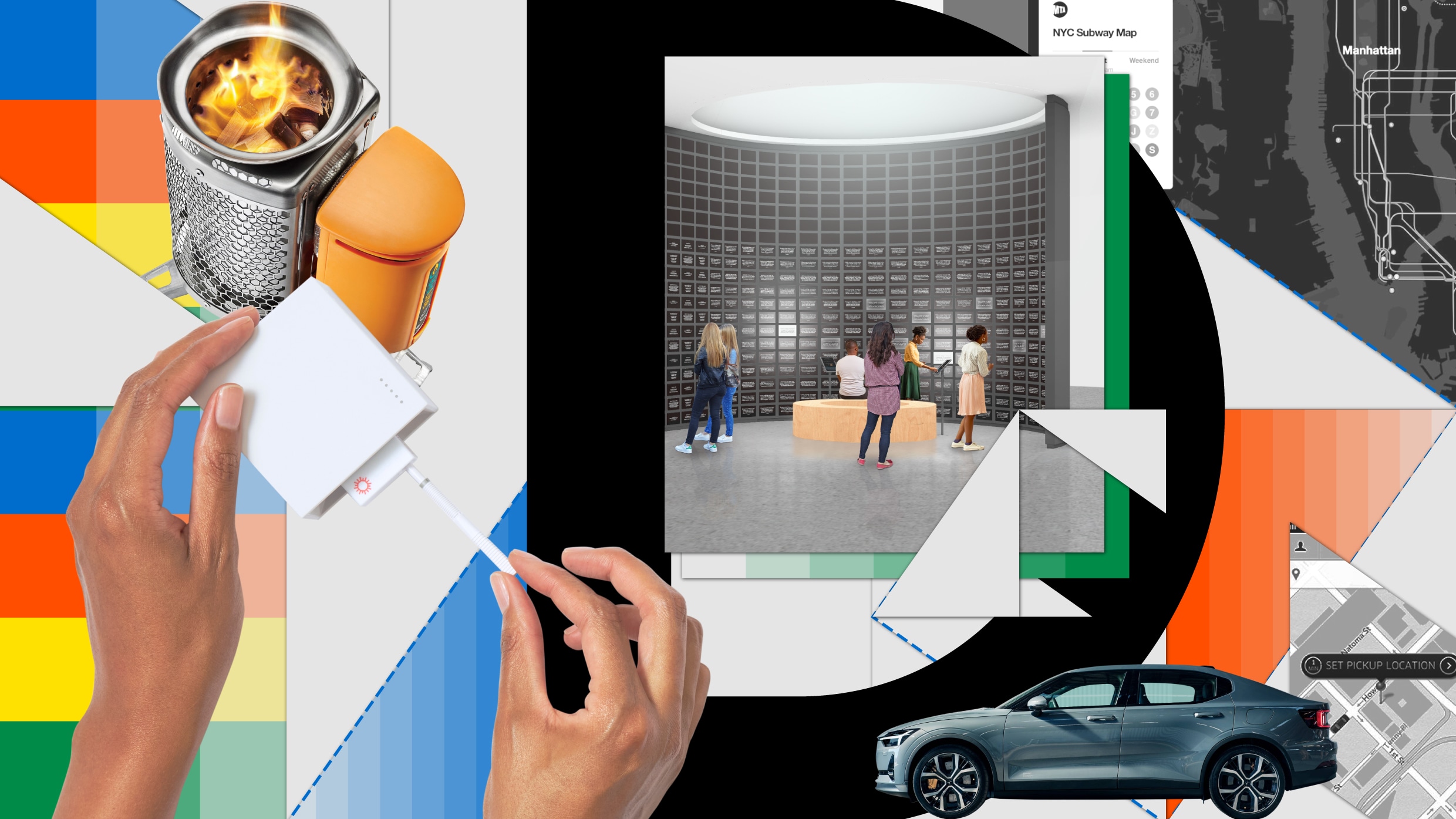Just because a design is effective doesn’t make it good. The 2021 Innovation by Design honorees are focused on creating a better future by enhancing equity, inclusivity, and sustainability.
One of the first winners of Fast Company’s Innovation by Design Awards, which launched in 2012, was the BioLite CampStove, a portable device for turning biomass into a heat source that cooks food, charges gadgets, and produces fewer toxic emissions. Another was Uber, which won for reinventing the user experience of hailing a ride. At the time, a juror praised Uber for “hacking the system.”
Two effective designs, two wildly divergent outcomes. BioLite went on to generate more than $25 million in revenue in 2020 and invest proceeds from the CampStove and other consumer products into green energy solutions for families living without access to the grid. To date, BioLite has supplied 2.9 million people in Asia and Africa with clean stoves and lighting. Uber went on to IPO in 2019 with an eye-popping $82.4 billion valuation, but in the process “disrupted” taxi drivers almost out of existence, clogged streets in cities, exacerbated pollution, and helped create a gig economy that frequently exploits workers.
This is what happens when a design ignores the larger ecosystem in which it operates. Effective design isn’t always good design. Good design is always responsible—to users, society, and the planet. Just look at BioLite.
Today, as we honor 10 years of Innovation by Design and welcome an impressive new class of honorees, we have the rare opportunity to look back and celebrate the wins, while reflecting on the mistakes of the past.
And the mistakes are plentiful. As I write this, in early August, the Pacific Northwest is recovering from a disastrous heat wave that killed hundreds of people, California faces severe drought and wildfire conditions, and we’ve already overshot our annual allotment of Earth’s resources (as calculated by the Global Footprint Network). Systemic racism, America’s original sin, still pervades our institutions and poisons our culture. Vaccine misinformation runs amok on the internet, leaving a trail of dead behind. These are existential problems, and designers who craft the products and experiences we rely on every day have often been complicit—as have been editors celebrating problematic designs.
We must all do better. As Don Norman, author of the seminal book The Design of Everyday Things, tells Fast Company, “If it is design that got us here, design can get us out.”
The 599 honorees of this year’s Innovation by Design Awards point the way. In Oklahoma, a new museum by the experiential design studio Local Projects urges visitors to grapple with the history and lasting legacy of the Tulsa Race Massacre, without tying it up in a tidy bow. In Wisconsin, the architecture firm Studio Gang converted an abandoned coal power plant into a gym and student center, proving that one of the greenest ways to build is to reuse what already exists. In California, Cue Health removed barriers to COVID-19 testing by developing a handheld device that gives accurate results at home in 20 minutes.
The following pages highlight exemplary design ideas from the 2021 competition. We also reveal where designers have made the biggest strides in the past 10 years, in sustainability, accessibility, and more. Finally, we ask an all-star cast of design experts for predictions about the future—plus how to shape it.
Our not-so-modest hope? To inspire the next 10 years of design innovation.
—
Guest Author: Suzanne LaBarre
This article first appeared in www.fastcompany.com
Seeking to build and grow your brand using the force of consumer insight, strategic foresight, creative disruption and technology prowess? Talk to us at +971 50 6254340 or engage@groupisd.com or visit www.groupisd.com/story

